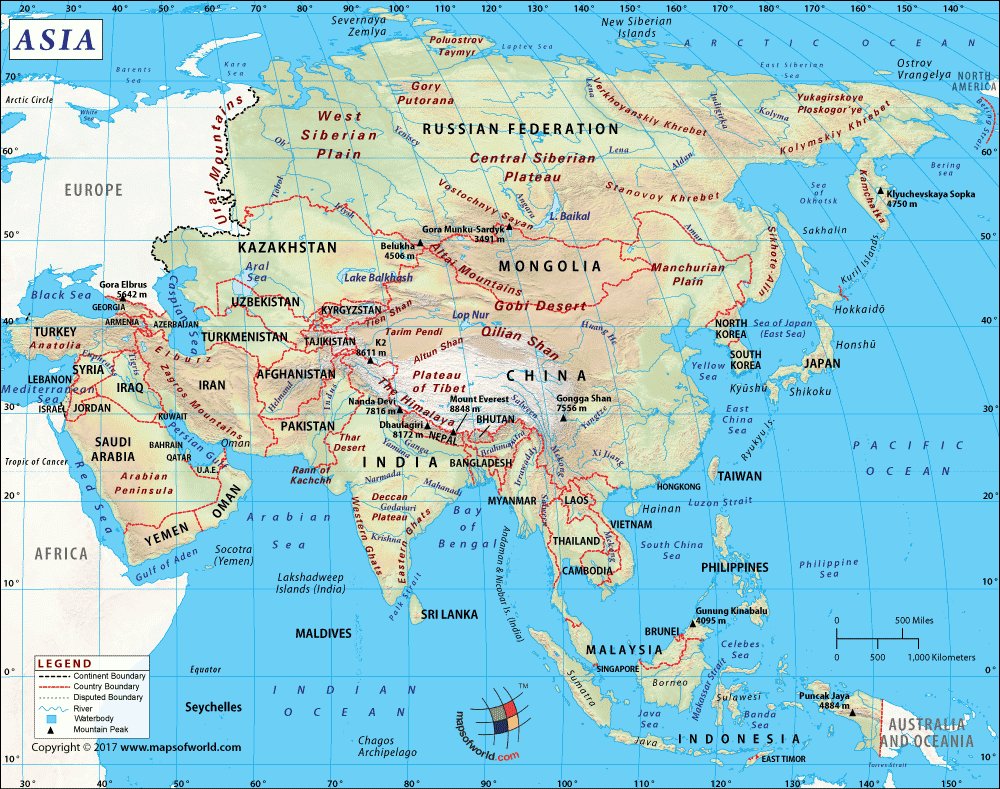Why Does China Have a Single Time Zone?

The People’s Republic of China (PRC) is the world’s most populous country and is spread over 37,05,407 square miles (95,96,961 sq km). After Russia, Canada and USA, it is the fourth largest country in the world in terms of area. Despite being roughly the same size as contiguous US, the country follows a single time zone. This official national standard time is referred to as Beijing Standard Time internally and as China Standard Time (CST) internationally.
This comes as a surprise to visitors to the country, particularly since the difference in local time between the eastern most region and the western provinces is quite marked. Additionally, PRC does not observe daylight saving time since 1991. CST is 8 hours ahead of Coordinated Universal Time (UTC). The special administrative regions (SARs) too maintain their own time – Hong Kong Time and Macau Standard Time. These too have been matched to Beijing Time since 1992.
Currently China is the only country larger than India that has a single time zone. Consequently, it’s the biggest single time zone area in the world. Contiguous US which is similar in size has four major time zones, each with a time difference of an hour from the next. In addition, Alaska and Hawaii have their own time zones. This, however, hasn’t always been the case.
Shanghai Mean Solar Time under Qing Dynasty
Under the Qing Dynasty the Shanghai Mean Solar Time was used for time announcements for the arrival and departure of ships in the ports of China. This came to be known as the Coastal Time. The collapse of the Qing Dynasty (last imperial dynasty of China) in 1911-12 due to internal protests (Xinhai Revolution) and external factors precipitated the establishment of the Republic of China (ROC).
Beijing Standard Time
The ROC lasted between 1912 and 1949. The official standard time of the country remained undetermined at this time but Bejing Standard Time was followed for all official purposes.
Proposal for 5 Time Zones
In 1918, five different time zones were proposed for the country – Kunlun (UTC +05:30), Sinkiang-Tibet (UTC +06:00), Kansu-Szechwan (UTC +07:00), Chungyuan (UTC +08:00), and Changpai (UTC +08:30). The implementation of these time zones would, however, take another couple of decades, causing much internal confusion.
The Standard Time Conference organized by the Ministry of the Interior in 1939 finally implemented these time zones with some changes but this was soon suspended during the World War II.
Kansu-Szechwan Time during World War II
Kansu-Szechwan Time (UTC +07:00) became the standard time followed during the war. With the end of the Civil War in China and the Communist Revolution in 1949, however, a single time zone was implemented across the country. This was done to facilitate trade and uniformity of communication across the length and breadth of this vast country. Also, at that time, Beijing was adopted as the new capital of China, and Mao Zedong felt that embracing Beijing Standard Time would aid ‘national unity’.
Beijing Standard Time or China Standard Time (CST) is calculated and released from the National Time Service Centre in Shaanxi Province, which is geographically almost the centre of China. It is situated eight hours ahead of UTC (UTC +08:00).
Withdrawal of Daylight Saving Time
From 1945 to 1948 and 1986 to 1991, PRC experimented with daylight saving time, mostly in order to save massive amounts of energy. But the concept was later abandoned, with factory workers in some provinces reluctant to adapt to an altered schedule.
The difference between the local and standard times followed in different parts of China causes only minor inconveniences, since the lifestyles in different parts of the country are now adapted to this standardized time. Rail and flight schedules are easier to maintain too. It does cause quite a bit of difficulty for visitors to the country. Kashgar in the far west, for example, experiences sunrise at about 10 am. Some places in extreme western part of China follow their own unofficial local timetables. This adjustment is quite difficult for someone from the eastern part of China and for someone who is used to following time zones that are close to local time.
Related Links:
- What Country has the Most Time Zones in the World?
- What are The Top Ten Cities for Business in China?



